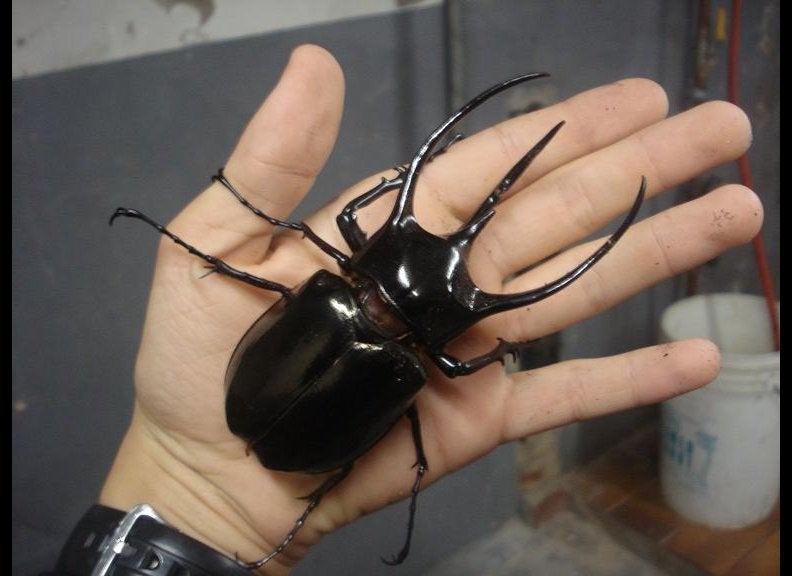
Birds are no friends of airplanes. They routinely delay flights, and in the worst case, collide with windows and engines and cause crashes. Bird strike, as the problem is called, costs the airline industry about $1 billion per year, and engineers have tried to reduce it using everything from loudspeakers and flares to dogs and lasers.
Now, DNA sequencing has been added to the arsenal—not the DNA of the birds but rather that of their poop. The DNA sequences of insects and seeds—and for large predatory birds, prey such as small mammals or lizards—reveal the food that attracts the birds to the airport in the first place. Reducing the food resources can reduce the birds, but you need to know what they’re eating.
The airport in Perth, Australia, is the first to test this method. Researchers collected the carcasses of 77 birds from the runway. They were able to identify mice, grasshoppers, and grass seeds from the 151,000 DNA sequences generated from samples of the birds’ intestines, they report online today in Investigative Genetics. For Perth, the best plan seems to be rodent control and grass species that are less hospitable to tasty insects. Other airports in Australia as well as in the United States are set to launch similar studies. For some of the birds in the Australian study, such as the red-tailed black cockatoo (Calyptorhynchus banksii, pictured), little is known about their diet.
So besides saving money and lives, sequencing bird strike bird poop could be a boon for ecology.
ScienceNOW, the daily online news service of the journal Science
